When it comes to convenience, few grocery items beat canned foods. They’re budget-friendly, have an impressively long shelf life, and can turn even the barest pantry into a meal-making hub. But don’t let their practicality fool you—what’s inside the can matters a lot more than the label suggests. While some options are nutrition-packed powerhouses, others are essentially processed pitfalls hiding behind a shiny label and a bargain price.
Canned foods can absolutely play a role in a healthy diet—if you know what to look for. Nutritionists often recommend certain canned items like tomatoes, salmon, and chickpeas for their affordability and health benefits. These foods are rich in essential nutrients like fiber, protein, and omega-3s, and they can be used in countless recipes from salads to soups to quick weeknight dinners.
But not every can on the shelf deserves a spot in your kitchen. Many popular products are loaded with added salt, sugar, preservatives, and low-quality ingredients that can derail your nutrition goals. Think canned pasta with mushy noodles, sugary fruit cocktails, or meat products with more fillers than actual protein. Just because it’s easy to store doesn’t mean it’s easy on your body.
The good news? Making better canned food choices doesn’t require a nutrition degree—just a little label-reading savvy and a reliable list to guide you. That’s where we come in. We’ve rounded up 7 canned foods that get a big thumbs up from nutritionists and 8 that experts suggest skipping entirely. Whether you’re trying to eat cleaner, shop smarter, or simply get more from your pantry staples, this list will help you separate the shelf-worthy from the shelf-shameful. Let’s break down what belongs in your cart—and what’s better left behind.
1. Artichoke Hearts
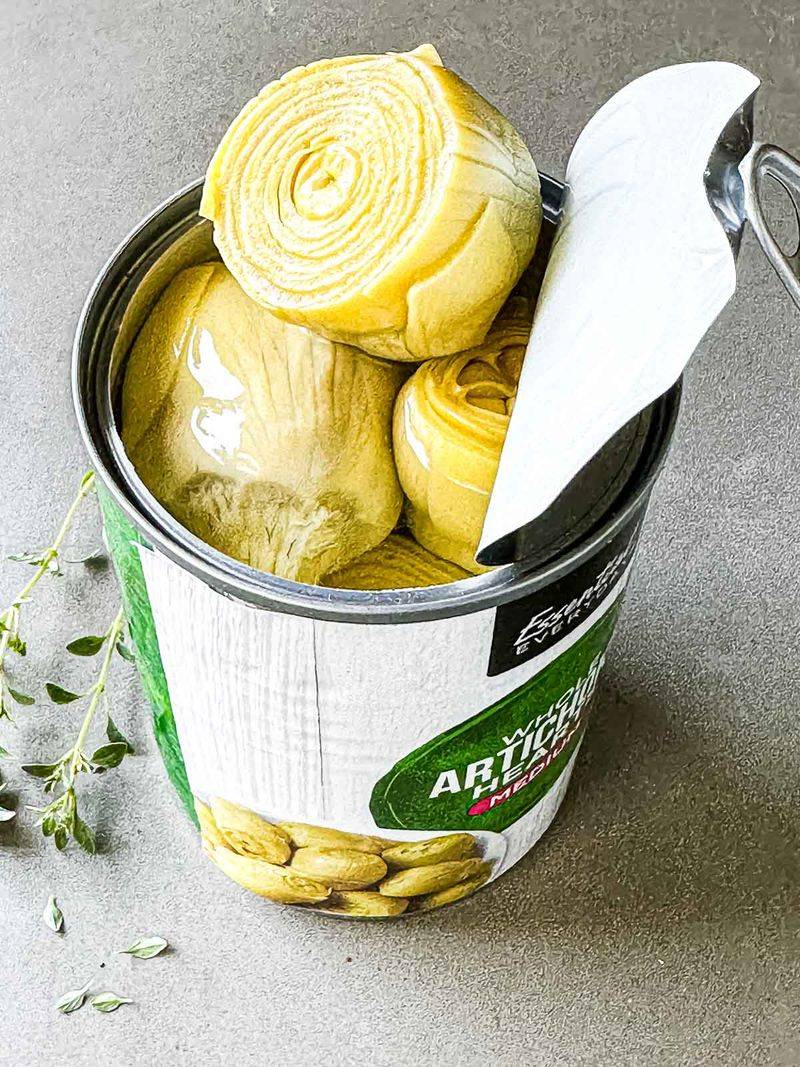
Tender and ready to eat, canned artichoke hearts eliminate the hassle of preparing fresh artichokes while retaining impressive nutritional benefits. Each serving delivers a hefty dose of fiber that keeps your digestive system happy and running smoothly.
The antioxidants in artichoke hearts help fight inflammation and protect your cells from damage. For the healthiest option, choose varieties packed in water or olive oil rather than salt-heavy brine.
Try tossing them into pasta dishes, blending into creamy dips, or adding to salads for an instant Mediterranean flair. Their slightly nutty flavor complements almost any savory dish!
2. Chickpeas
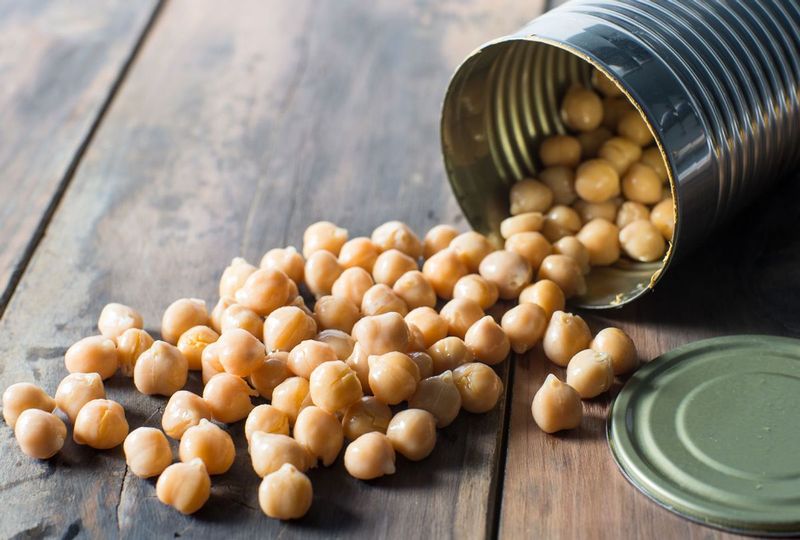
Pop open a can of chickpeas and you’ve got instant nutrition at your fingertips! These little legumes are protein powerhouses, offering about 15 grams per cup – perfect for vegetarians or anyone looking to eat less meat.
Beyond protein, chickpeas deliver impressive amounts of fiber, iron, and folate. Their versatility makes them kitchen superstars – mash them for homemade hummus, roast them for crunchy snacks, or toss them into soups and stews.
Rinsing canned chickpeas reduces their sodium content by about 40%, making them even healthier. Keep several cans on hand for quick, nutritious meal additions any day of the week.
3. Pumpkin
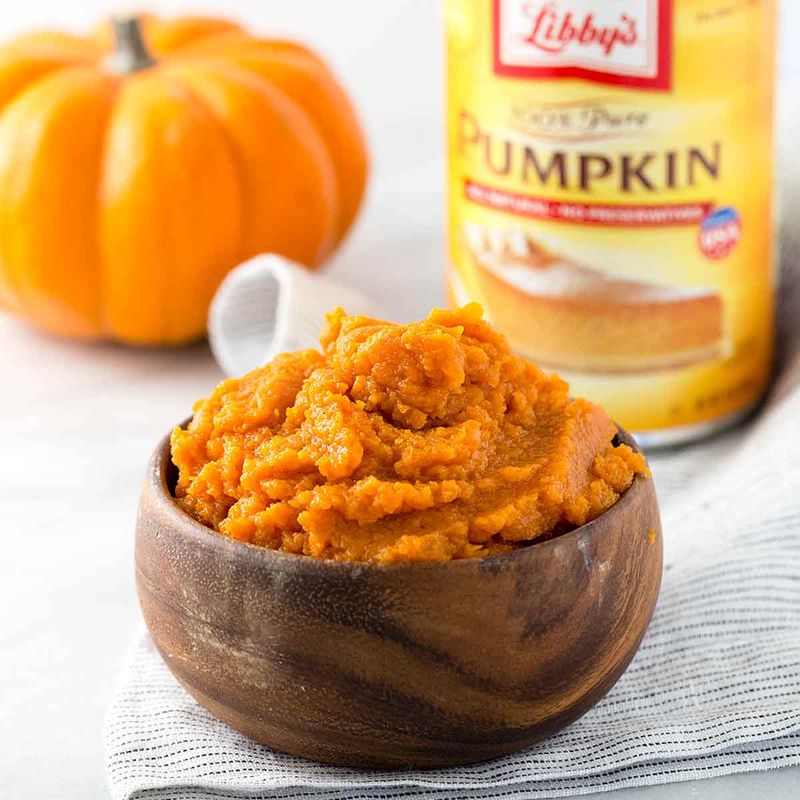
Bright orange and velvety smooth, canned pumpkin might be autumn’s poster child, but it deserves pantry space all year long. Just one half-cup serving packs more than 250% of your daily vitamin A needs, supporting healthy vision and immune function.
Unlike many canned foods, pure pumpkin contains no added ingredients – it’s simply cooked, pureed pumpkin. The natural fiber content (7 grams per cup) helps keep you feeling full and satisfied.
Always double-check labels to avoid accidental purchase of pumpkin pie filling, which contains added sugars and spices. Pure pumpkin works beautifully in both sweet treats and savory dishes like soups, sauces, and even mac and cheese!
4. Tomatoes
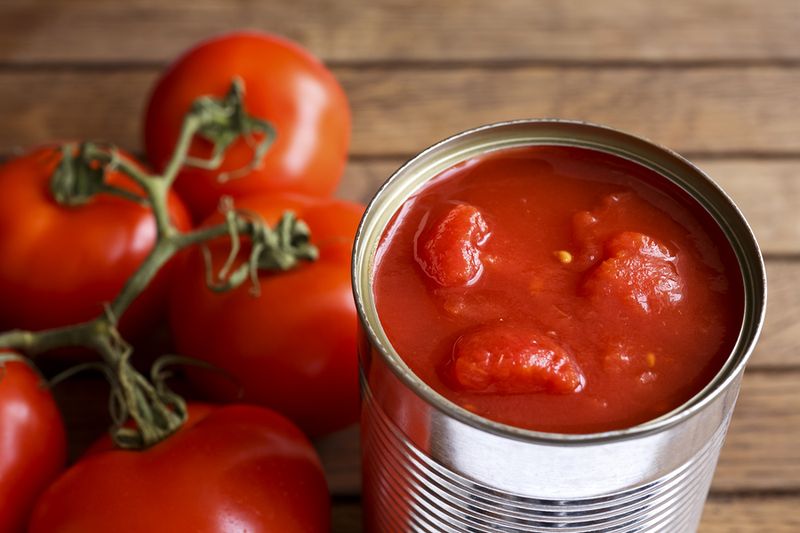
Canned tomatoes actually outshine their fresh counterparts in one key area: lycopene content. This powerful antioxidant becomes more bioavailable (easier for your body to absorb) during the canning process, offering protection against certain cancers and heart disease.
From diced to crushed to whole, canned tomatoes create the foundation for countless meals. Fire-roasted varieties add instant smoky depth to chilis and sauces without any extra effort on your part.
Look for no-salt-added versions to control sodium intake. Store unused portions in glass containers rather than leaving them in the opened can – this prevents any metallic taste from developing and preserves the bright, tangy flavor.
5. Sardines
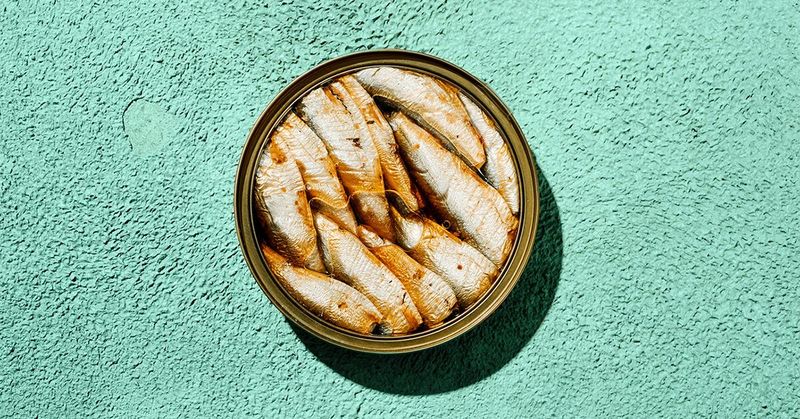
Don’t let their small size fool you – sardines pack a nutritional punch few foods can match! These silvery fish deliver omega-3 fatty acids that support brain and heart health, along with vitamin D (rare in food sources) and calcium from their edible bones.
Unlike larger fish, sardines contain minimal mercury because of their position low on the food chain. Their rich, savory flavor makes them perfect for adding depth to pasta dishes, salads, or simply enjoying on whole grain toast with a squeeze of lemon.
Fun fact: sardines are one of the most sustainable seafood choices available, making them good for both your body and the planet. Choose varieties packed in olive oil or water depending on your preference and dietary needs.
6. Corn
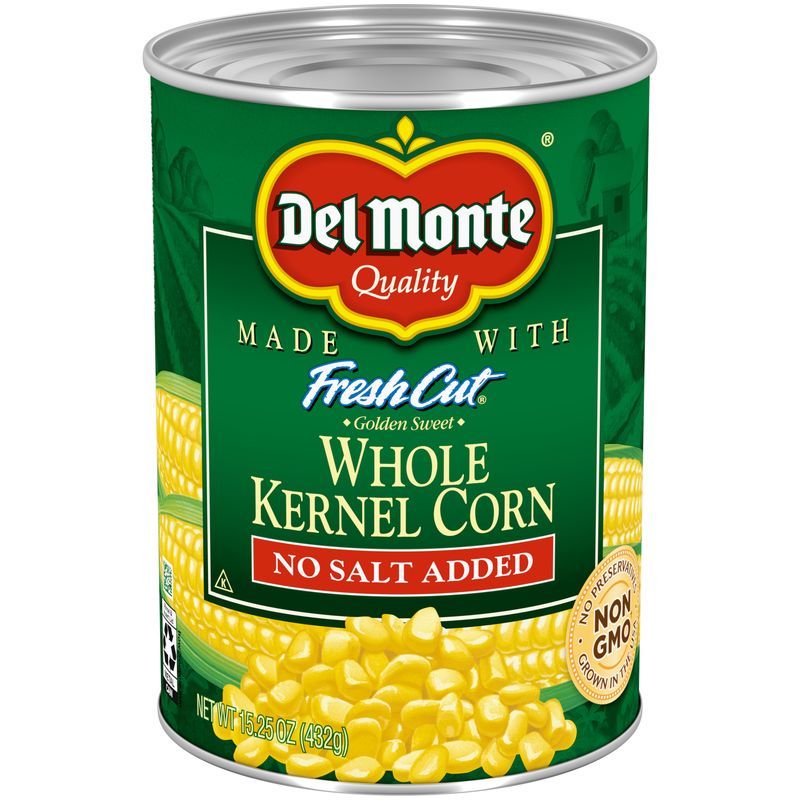
Sweet corn kernels retain much of their nutritional value through the canning process, offering fiber, folate, and antioxidants in a convenient, shelf-stable package. The natural sweetness makes canned corn a hit with kids and picky eaters alike.
While fresh corn is seasonal, canned versions let you enjoy this versatile vegetable year-round. Add it to salsas, chowders, salads, or simply heat and serve as a quick side dish.
Nutrition quality varies significantly between brands, so become a label detective. Seek out options with no added salt or sugar – the corn’s natural flavor shines without these unnecessary additions. A quick rinse before using further reduces any added sodium by up to 40%.
7. Canned Salmon
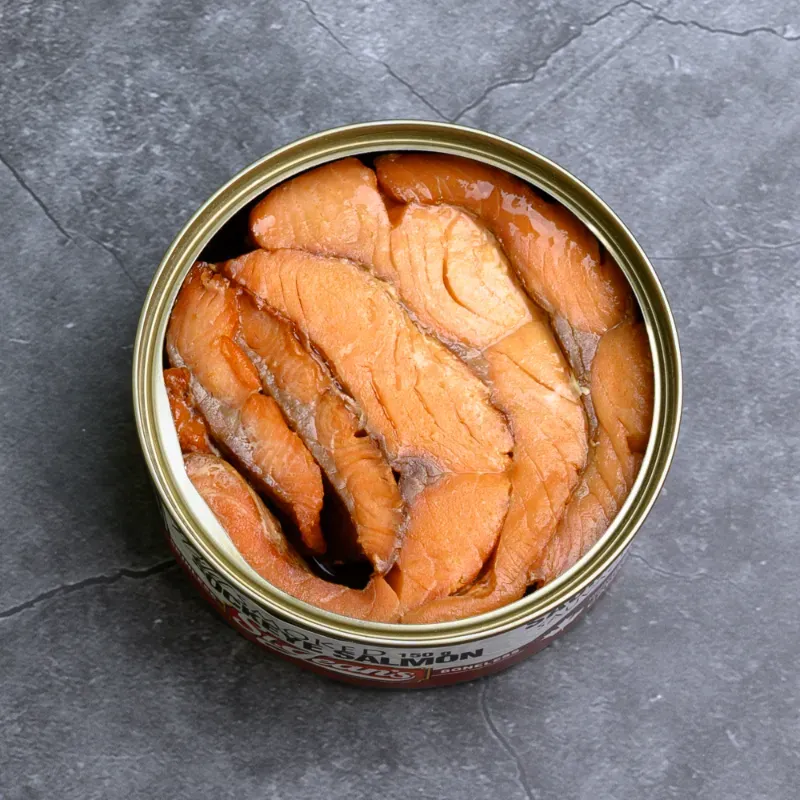
Wild-caught salmon in a can delivers the same impressive omega-3 benefits as fresh fillets at a fraction of the cost. The canning process preserves the protein and healthy fats while making this superfood accessible year-round.
Unlike many canned proteins, salmon often includes soft, calcium-rich bones that become completely edible during processing. This bonus calcium source supports bone health alongside the vitamin D naturally present in salmon.
Pink salmon offers milder flavor perfect for salmon cakes or salads, while sockeye provides richer taste and color. Both outshine canned tuna in nutrition profile and contain lower mercury levels, making them smarter choices for regular consumption.
1. Baked Beans
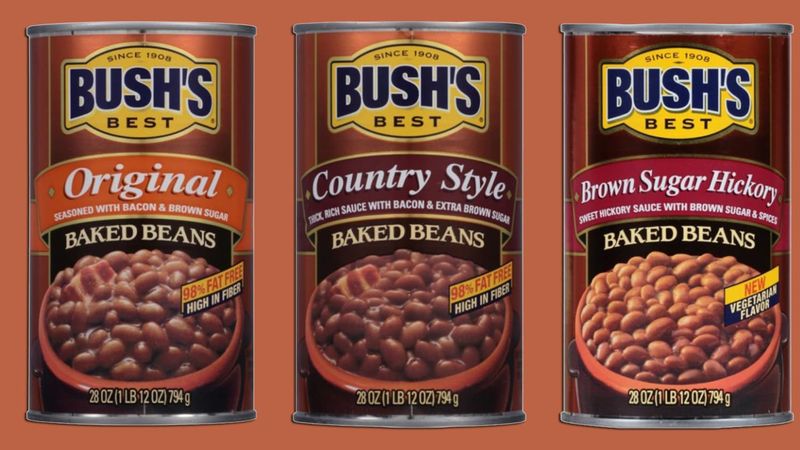
Those convenient cans of baked beans hiding in your pantry might not be the health food you imagine. Traditional canned varieties pack surprising amounts of added sugar – often 12 grams or more per serving, equivalent to 3 teaspoons of sugar in your supposedly savory side dish!
The sodium content creates another concern, with some brands containing nearly a third of your daily recommended limit in a single serving. While beans themselves offer excellent fiber and plant protein, these benefits get overshadowed by the sweet, salty sauce.
For healthier alternatives, choose plain canned beans and create your own flavor with tomato sauce, spices, and just a touch of natural sweetener like maple syrup. Your taste buds will adjust to less sugar while your body will thank you.
2. Canned Soups
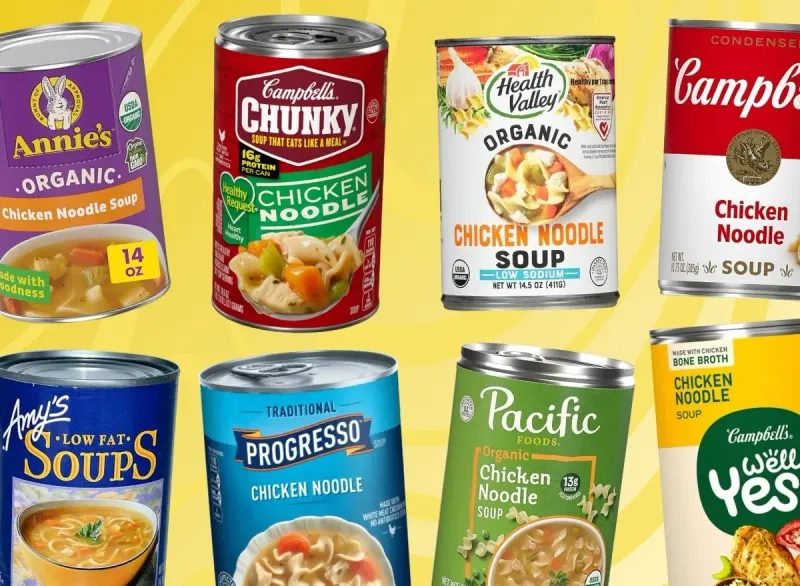
The ultimate convenience food often hides a sodium nightmare inside that familiar red and white label. Many popular canned soups contain 700-900 mg of sodium per serving – and who stops at just one cup?
Beyond salt concerns, many commercial soups rely on flavor enhancers, modified food starch, and other additives to create taste and texture. The vegetables inside have typically lost significant nutrients during the high-heat canning process.
When soup cravings strike, look for clearly labeled low-sodium options with recognizable ingredients. Better yet, make big batches of homemade soup and freeze portions for your own healthy “fast food.” Your blood pressure and taste buds will notice the difference!
3. Canned Pasta
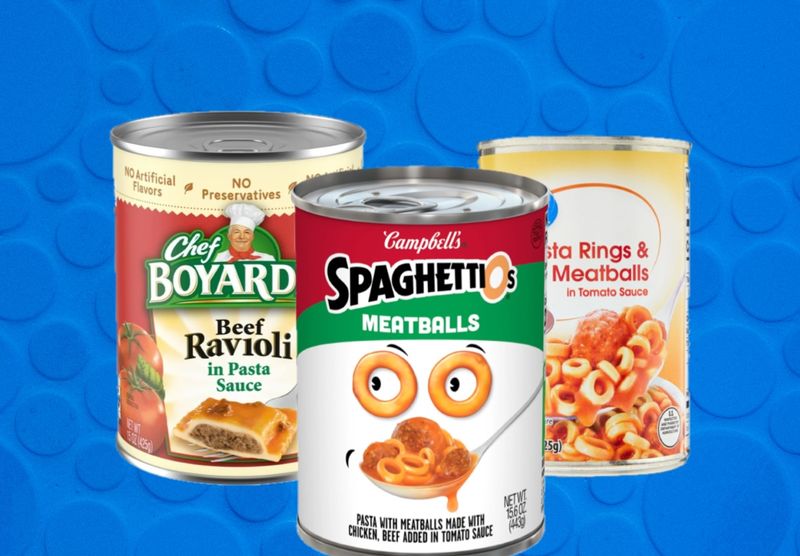
Those nostalgic cans of alphabet shapes and mini ravioli might have been childhood favorites, but they’re nutritional nightmares. The pasta inside is typically overcooked to survive the canning process, resulting in mushy texture and higher glycemic impact than properly cooked pasta.
The sauce coating these soft noodles often contains high fructose corn syrup, modified food starch, and flavor enhancers rather than real tomatoes. Many brands pack 700+ mg of sodium per cup – excessive for anyone, especially children.
Cooking your own pasta takes just minutes longer than heating a can, with dramatically better nutrition results. Keep whole grain pasta and quality jarred sauce on hand for quick meals that actually support health.
4. Albacore Tuna
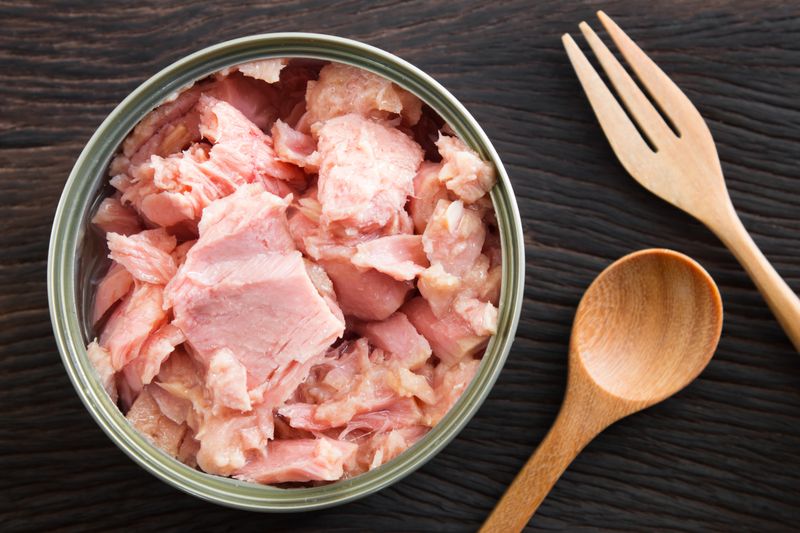
The white, meaty texture of albacore tuna might seem more appealing than chunk light varieties, but this preference comes with a health tradeoff. Albacore (white) tuna contains approximately three times more mercury than chunk light options.
Mercury accumulates in larger, older fish like albacore tuna, and this neurotoxin can damage developing brains in children and harm nervous systems in adults when consumed regularly. The FDA and EPA specifically recommend limiting white tuna consumption, especially for children and pregnant women.
When tuna cravings strike, reach for chunk light tuna instead – it typically comes from smaller skipjack tuna with lower mercury levels. Better yet, consider canned salmon as your go-to fish option for sandwiches and salads.
5. Canned Meat Products
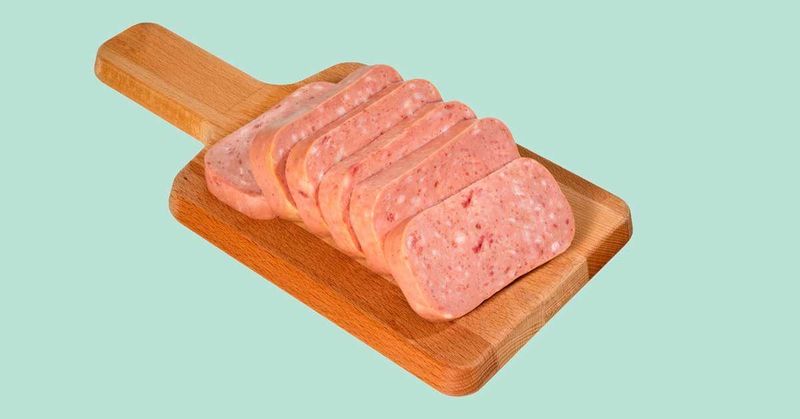
Those convenient cans of potted meat, deviled ham, and similar products might offer quick protein, but at what cost? Many contain mechanically separated meats – parts recovered by machines after primary cutting – combined with fillers, stabilizers, and preservatives.
The sodium content frequently exceeds 25% of your daily recommended limit in a single serving. Meanwhile, the saturated fat content raises concerns about heart health with regular consumption.
The processing required for shelf-stability dramatically alters texture and flavor, requiring additional salt and flavor enhancers to make these products palatable. For emergency food supplies, consider healthier protein options like canned beans, salmon, or chickpeas that offer better nutrition without questionable ingredients.
6. Fruit Cocktail in Syrup
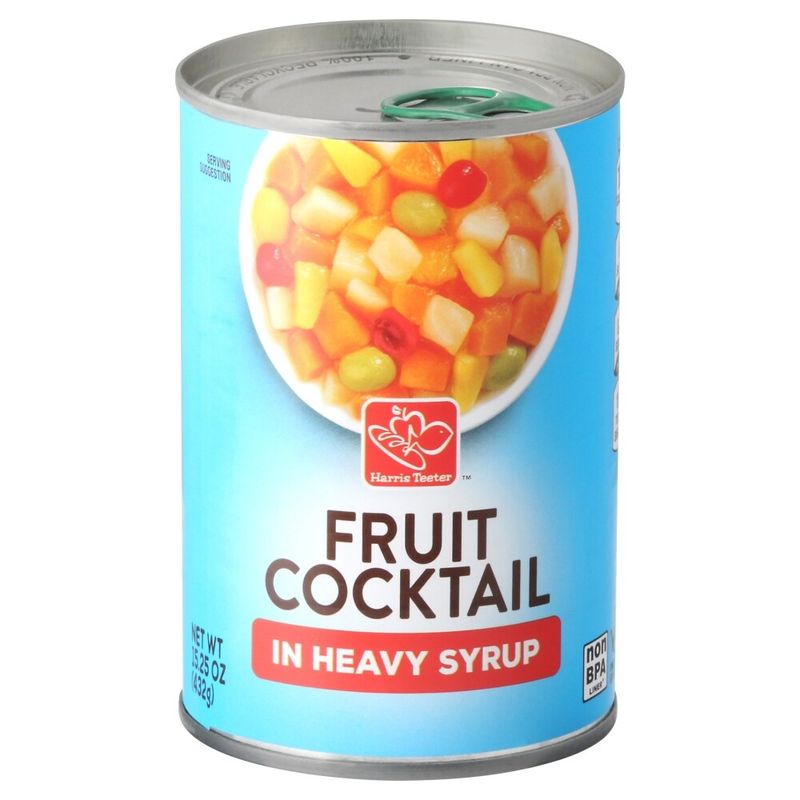
Those colorful cans of diced fruits might seem like healthy options, but check the label first! Fruit cocktail packed in heavy syrup contains roughly 20-25 grams of added sugar per cup – equivalent to eating fruit that’s been dunked in 6 teaspoons of sugar.
The canning process already reduces some nutrients in fruit, particularly heat-sensitive vitamins. Adding sugar syrup further diminishes the nutritional value while significantly increasing calories without adding any benefits.
When fresh fruit isn’t available, choose canned varieties packed in water or 100% fruit juice instead. Always drain and rinse for the healthiest option. For maximum nutrition, look for single-fruit options like peaches or pears rather than mixed cocktails that often include more heavily processed fruits.
7. Canned Cheese Sauces
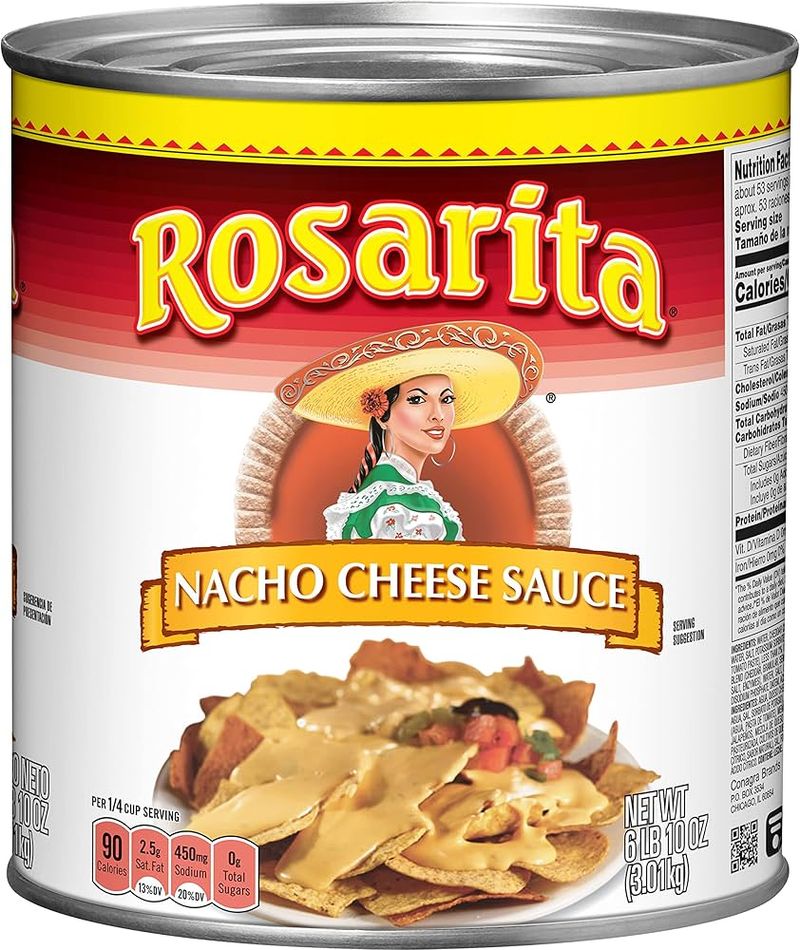
The bright orange sauce might remind you of cheese, but the similarity often ends there. Many canned cheese products list water and oils before any actual cheese in their ingredients, revealing their true nature as processed food products rather than dairy foods.
The texture and stability required for shelf-storage demands numerous additives, including phosphates, modified food starches, and sodium-heavy preservatives. These chemical cocktails create concerns about digestive health and inflammation with regular consumption.
Making real cheese sauce takes just minutes using actual cheese, milk, and a little flour or cornstarch. The homemade version delivers genuine flavor, better nutrition, and none of the mystery ingredients that make canned versions shelf-stable for years.
8. Canned Chili with Meat
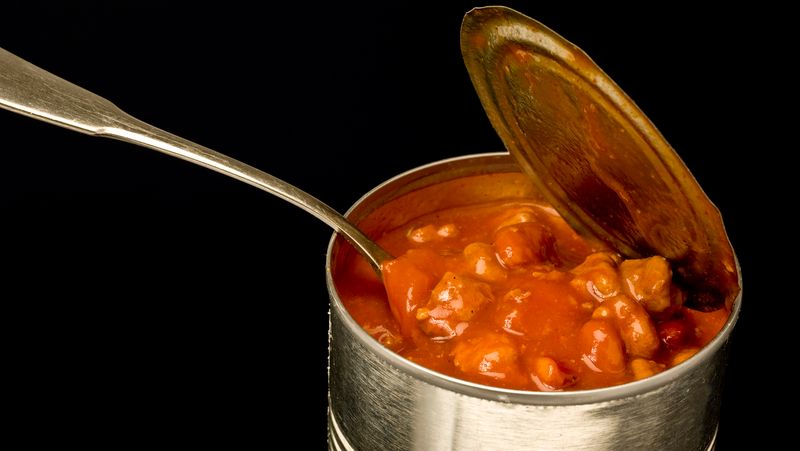
A quick bowl of hearty chili sounds perfect for busy nights, but canned versions hide nutritional pitfalls. Many popular brands pack over 1,000mg of sodium per cup – nearly half your daily recommended limit in one small serving!
The meat quality raises additional concerns, with some products containing textured vegetable protein alongside mystery meat cuts. Fat content often exceeds 15 grams per serving, with much coming from saturated fat that raises heart disease risk.
For healthier alternatives, choose vegetarian bean chili options or make large batches of homemade chili using lean ground turkey or beef and freeze portions. Adding extra beans and vegetables to your homemade version increases fiber while stretching more expensive meat ingredients.
Leave a comment